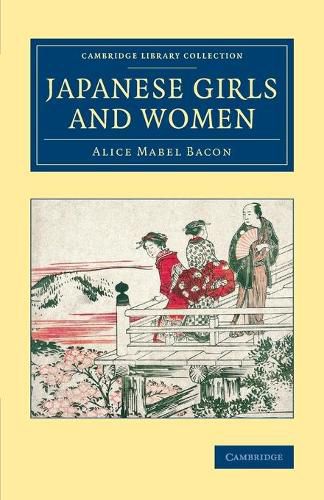Readings Newsletter
Become a Readings Member to make your shopping experience even easier.
Sign in or sign up for free!
You’re not far away from qualifying for FREE standard shipping within Australia
You’ve qualified for FREE standard shipping within Australia
The cart is loading…






After spending a year in Tokyo, American teacher Alice Mabel Bacon (1858-1918) became the first author to usher Western readers into the graceful, paper-walled realm of the Japanese woman. An intimate friend of several Japanese ladies, Bacon was privy to a domestic world which remained closed to male visitors. This 1891 work begins with birth and childhood, including the colourful, kimono-like dress of infants, their ornate dolls, and their education in handwriting, flower painting and etiquette. Trained for a lifetime of service to her husband and his parents, the Japanese woman was praised for her loyalty and obedience. But new Western influences, especially on education, were challenging the old ways. Bacon evocatively depicts Japanese women unsettled by their modern education, yet saddled with traditional cultural expectations. With its insight into Japan’s class system, cultural history and moral framework, this book remains an essential complement to any study of Japanese social history.
$9.00 standard shipping within Australia
FREE standard shipping within Australia for orders over $100.00
Express & International shipping calculated at checkout
After spending a year in Tokyo, American teacher Alice Mabel Bacon (1858-1918) became the first author to usher Western readers into the graceful, paper-walled realm of the Japanese woman. An intimate friend of several Japanese ladies, Bacon was privy to a domestic world which remained closed to male visitors. This 1891 work begins with birth and childhood, including the colourful, kimono-like dress of infants, their ornate dolls, and their education in handwriting, flower painting and etiquette. Trained for a lifetime of service to her husband and his parents, the Japanese woman was praised for her loyalty and obedience. But new Western influences, especially on education, were challenging the old ways. Bacon evocatively depicts Japanese women unsettled by their modern education, yet saddled with traditional cultural expectations. With its insight into Japan’s class system, cultural history and moral framework, this book remains an essential complement to any study of Japanese social history.